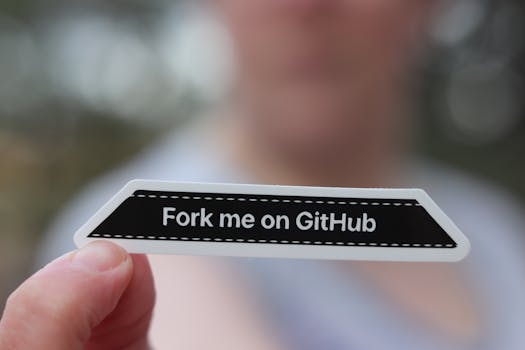✍️ Prompt Engineering Fundamentals: Speak AI’s Language with Precision
🧾 Course Description
Prompt engineering is the skill of designing effective inputs to get accurate, creative, and actionable outputs from Generative AI models like GPT-4, Claude, LLaMA, Gemini, and Stable Diffusion. In “Prompt Engineering Fundamentals”, you’ll learn to craft, refine, and automate prompts for use in text, code, images, chatbots, and more.
Designed for developers, content creators, AI product designers, educators, and automation experts, this course turns you into a prompt expert with a mix of strategy, structure, and experimentation.
Whether you’re building AI copilots, chat agents, creative pipelines, or marketing tools, mastering prompts is your key to unlocking GenAI’s full potential.
✅ Key Benefits
- 🧠 Master the Craft of Prompting — Understand how large language models think and respond
- 🎯 Structured & Strategic — Learn techniques like role prompting, few-shot, chain-of-thought
- 💬 Cross-Modal Mastery — Text, code, image, and tool-augmented prompting
- 🤖 Build Prompt-Driven Apps — Ready for ChatGPT, LangChain, and OpenAI API integration
- 🚀 Boost Productivity & Creativity — Write, code, ideate, and build faster with AI
🎯 Pre-requisites
- Basic understanding of Generative AI tools (like ChatGPT, Claude, DALL·E)
- Comfortable with using text editors, APIs, or no-code tools
- Optional: experience in Python, copywriting, or LLMs helpful but not required
- No prior AI/ML background needed
📚 Curriculum Breakdown
📘 Module 1: Introduction to Prompt Engineering
- What is a prompt? What makes it effective?
- Language models and prompt-response architecture
- Prompt vs fine-tuning vs embeddings vs agents
✍️ Module 2: Core Prompting Techniques
- Instructional prompting
- Role prompting (
You are a...) - Zero-shot vs one-shot vs few-shot
- Prompt patterns for summarization, rewriting, ideation, coding
🔗 Module 3: Advanced Prompt Patterns
- Chain-of-Thought (CoT) and self-consistency
- ReAct (Reasoning + Action)
- Tree of Thought and step-wise solving
- Injecting context, memory, and constraints
🛠️ Module 4: Prompt Engineering in Tools & APIs
- Prompting in OpenAI Playground, ChatGPT, Claude
- API-based prompting via OpenAI or HuggingFace
- Prompt templates and injection in LangChain / LlamaIndex
- Temperature, top_p, max_tokens explained
🎨 Module 5: Cross-Modal Prompting
- Prompting DALL·E, Midjourney, Stable Diffusion
- Crafting image prompts: style, composition, structure
- Prompting for audio, video, and multi-turn conversations
📊 Module 6: Evaluation & Iteration
- Measuring output quality: relevance, bias, hallucination
- Refining prompts with prompt chaining and feedback loops
- Designing reusable and modular prompts
🧪 Module 7: Final Projects
Choose one:
- Build a multi-turn conversational AI prompt suite
- Create a prompt-powered writing assistant
- Design text-to-image pipelines using structured prompts
- Build prompt workflows using Zapier + OpenAI API
⏱️ Estimated Duration
| Daily Study Time | Estimated Duration | Ideal For |
|---|---|---|
| 2 hours/day | 10–12 days (~2 weeks) | Best for thoughtful learning pace |
| 4 hours/day | 5–6 days (1 week) | Balanced practice + experimentation |
| 6 hours/day | 3–4 days (bootcamp) | Intense, project-driven immersion |
🎓 Outcome
By the end of Prompt Engineering Fundamentals, you will:
- Write clear, powerful prompts for text, code, image, and chat
- Use prompting as a superpower in creative, analytical, and technical work
- Automate and integrate prompt workflows using APIs or GenAI tools
- Be ready for AI product design, LLM app development, and AI agent engineering








